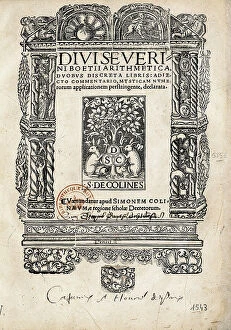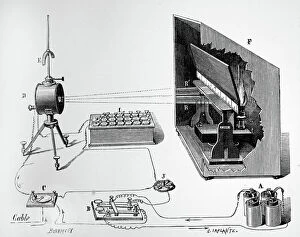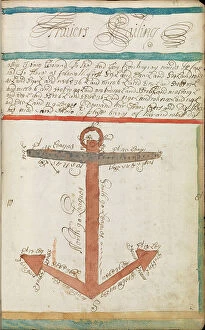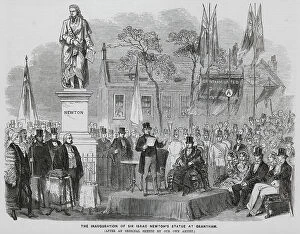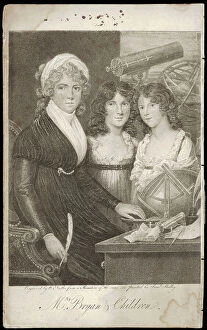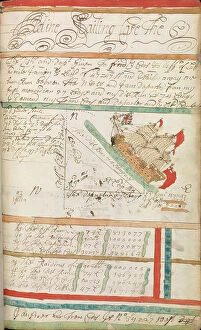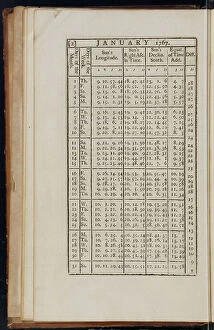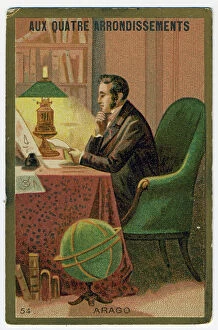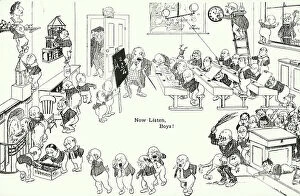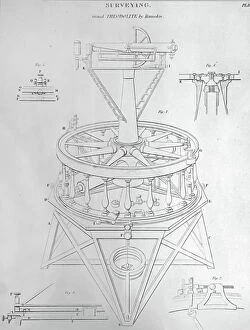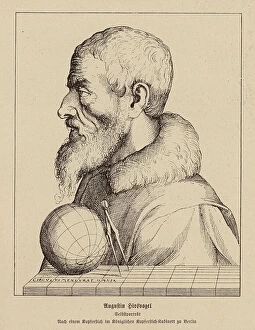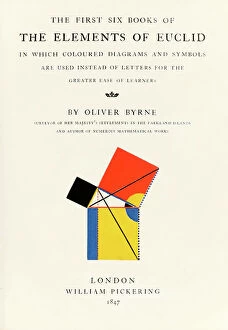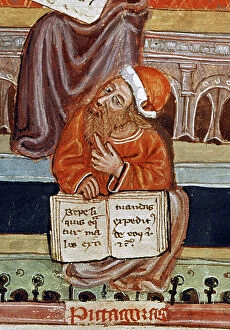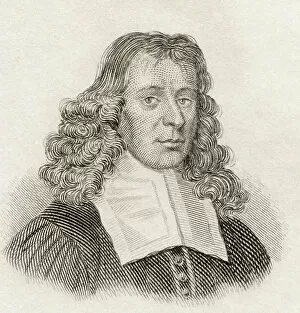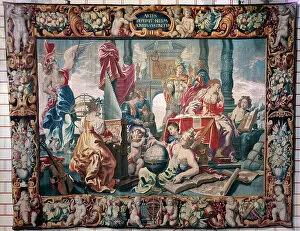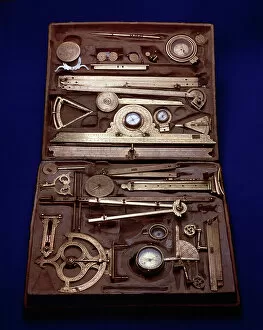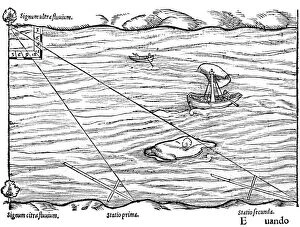Mathematica Collection
Mathematica is a powerful tool that has revolutionized the world of mathematics
All Professionally Made to Order for Quick Shipping
Mathematica is a powerful tool that has revolutionized the world of mathematics. From the groundbreaking work of Pierre de Fermat to the genius mind of Isaac Newton, mathematicians throughout history have relied on this software to unlock complex equations and solve intricate problems. Pierre de Fermat, a French lawyer turned mathematician, laid the foundation for modern calculus with his pioneering research. His contributions paved the way for future mathematical geniuses like Isaac Newton, an English physicist, astronomer, and mathematician who built upon Fermat's work to develop his own theories. Newton's brilliance extended far beyond just calculus; he made significant advancements in physics and astronomy as well. His laws of motion and universal gravitation transformed our understanding of how objects move through space. Another notable figure in mathematics was James Gregory, a Scottish mathematician and astronomer who made important discoveries in calculus during the 17th century. His work greatly influenced later developments in this field. Thanks to Mathematica's computational power and versatility, these renowned figures were able to explore complex mathematical concepts more efficiently than ever before. With its ability to handle symbolic calculations, numerical analysis, data visualization, and much more - Mathematica became an indispensable tool for researchers worldwide. Today, Mathematica continues to be at the forefront of mathematical innovation. Its user-friendly interface allows both experts and beginners alike to delve into intricate calculations with ease. Whether you are solving differential equations or exploring fractal geometry patterns - Mathematica empowers users by providing them with precise results within seconds. From Fermat's conjectures to Newton's laws of motion - Mathematica has played an integral role in shaping our understanding of mathematics over centuries. It remains an invaluable resource for anyone seeking answers or exploring new frontiers within this fascinating discipline.










